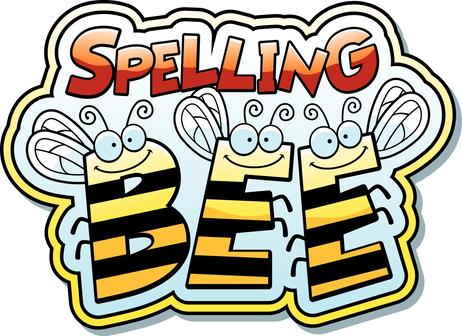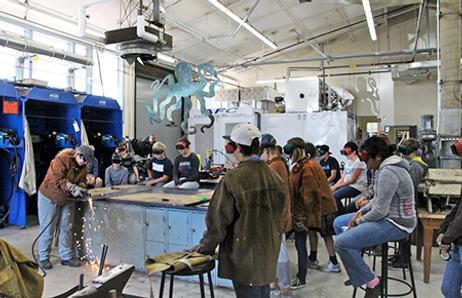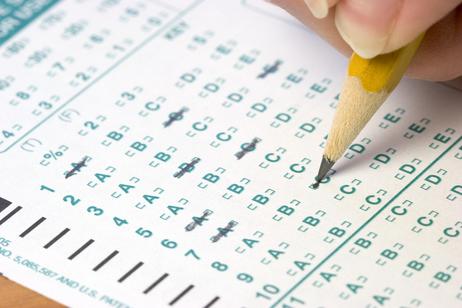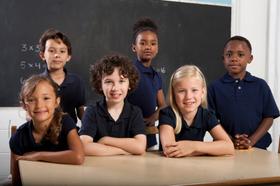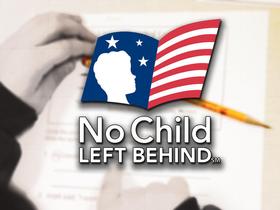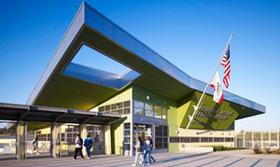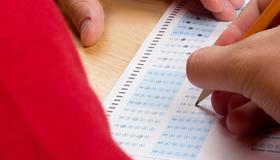A commonly cited statistic suggests that as many as 20% of high school dropouts are gifted students. Does this statistic surprise you? On one side of the coin, you might think that gifted students would be more likely to excel in school than traditional students. On the other side of the coin, it makes sense that gifted students might drop out of school if they are not properly challenged. If you are the parent, guardian, or teacher of a gifted student then it is your duty to make sure they are pushed hard enough to meet their maximum potential.
Myths and Misconceptions
The statistic quoted earlier could be interpreted in different ways. Some might assume that gifted students will excel no matter what kind of schooling they receive while others might be able to see that gifted students are often bored in traditional classrooms which leads to a higher dropout rate. Before getting into the details regarding how to properly challenge a gifted student, it is important to address some common myths and misconceptions about gifted students.
This video discusses teaching gifted students.
- Gifted students will do fine in normal classrooms. According to a study conducted by the Fordham Institute, over 50% of teachers have not received any professional development in regard to teaching gifted students. Furthermore, nearly 75% of those same teachers admitted that the brightest students in their classrooms are often bored or


